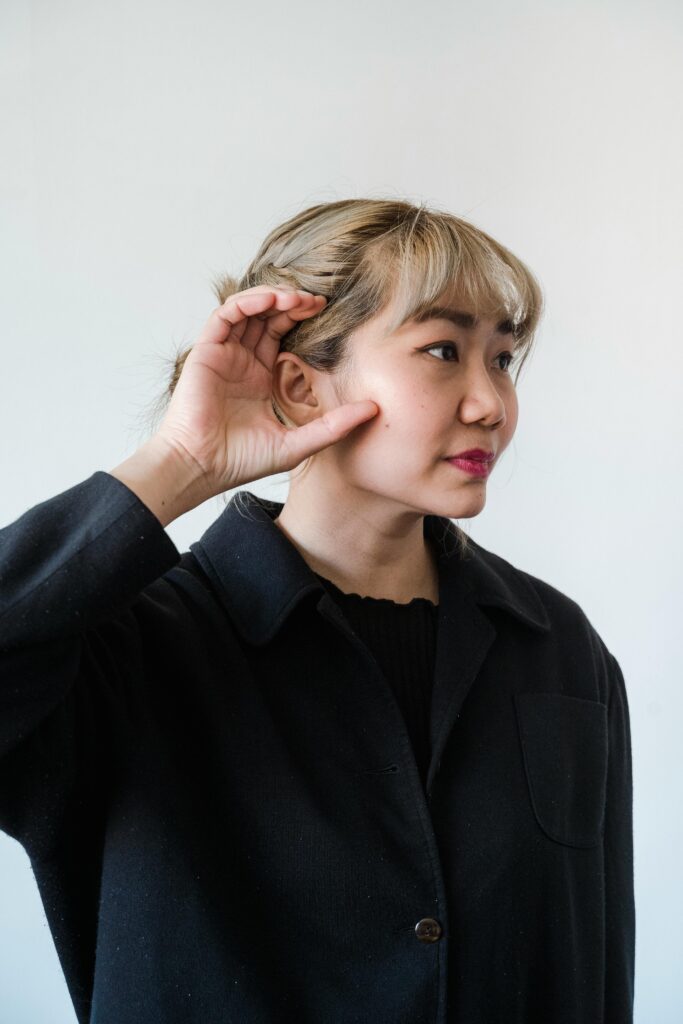Struggling to pick the perfect hearing aid? No worries, we’ve got you covered! Let’s dive into the world of hearing aids and explore the most common types on the market, helping you find the one that suits you best.
1. Completely-in-the-Canal (CIC) Hearing Aids
Discreet and tiny, for those who like to keep things low-key
If blending in is your thing, CIC hearing aids are your go-to. These little guys are so small, they hide right inside your ear canal, offering a natural listening experience. Plus, being close to your eardrum means they’re less likely to pick up annoying wind noise.
However, keep in mind that their small size can make them a bit tricky to handle, especially if your fingers aren’t as nimble as they used to be. Also, most CICs lack volume controls, so they won’t adjust to different environments on the fly.
2. Behind-the-Ear (BTE) Hearing Aids
Powerful and versatile, great for any level of hearing loss
BTE hearing aids are another popular choice. These sit comfortably behind your ear, with a tube directing sound into your ear canal. They’re packed with power, making them ideal for boosting hearing in various situations. With directional microphones, they can cut out background noise, so you can hear conversations clearly even in noisy places.
However, BTEs are worn outside the ear, which might be a dealbreaker for those concerned about aesthetics. Plus, if you wear glasses, you might find the ear mold a bit of a hassle.
3. In-the-Ear (ITE) Hearing Aids
Easy to handle, perfect for seniors
ITE hearing aids sit at the entrance of your ear canal, striking a balance between CIC and BTE. They’re relatively discreet but easier to handle than CICs, making them a great option for seniors. These hearing aids also come with directional microphones and volume controls, so you can tweak them to suit your needs and reduce unwanted noise.
Just be aware that ITE hearing aids might not be the best fit for those with smaller ear canals. When choosing, make sure the ear mold is comfortable and the right size for you.

How to Choose the Right Hearing Aid for You
When selecting a hearing aid, consider your needs, lifestyle, and the degree of your hearing loss. Here are a few tips:
- If you want something barely noticeable, go for CIC hearing aids.
- If you need easy handling or frequent adjustments to volume and noise levels, ITE or BTE hearing aids might be better.
- If you often find yourself in noisy environments or on the phone, BTE hearing aids are a solid choice.
Ultimately, choosing the right hearing aid is crucial. If you’re still unsure, consult a hearing specialist who can provide tailored advice based on your specific situation.
We hope this guide helps you understand your options and find the perfect hearing aid for you! If you have any questions or need more tips, feel free to reach out to us. Happy hearing!




